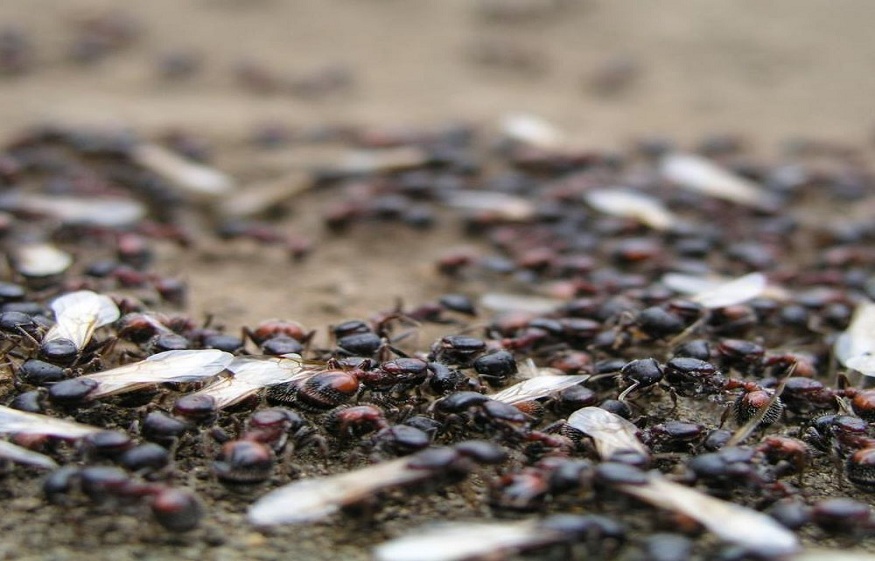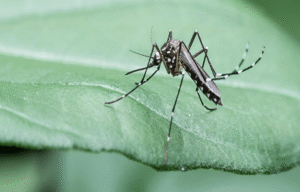How Smart Cities Are Tackling Pest Problems with Advanced Technologies?

Due to ever expanding human population, especially in the urban settings, effective control of pests has remained a key issue for cities. Applying advanced technologies into development infrastructure, smart cities are now actively using innovative approaches to solve pest issues, for example, Pest Control in Little Elm. These solutions use data, technology, and automation to more effectively and environmentally friendly monitor, detect and manage pests.
What Part Does Information Have in Pest Control?
In smart cities the key to pest control is data. Wireless IoT sensors installed in different parts of cities gather information daily about the environment and pests, as well as the efficacy of pest control solutions. The information derived from the data helps municipalities identify possible infestations before the situations get out of hand. This approach also enables better planning of the resources used through controlling the cases and avoiding treatment of a number of residents and disruption of many businesses.
In what ways are drones and robots helping farmers manage pests?
Drones or robots have become very useful in the current world of pest control. For example, in smart cities, drones are used to monitor large fields, parks and buildings where there is high risk of pests’ infestation to offer real images at real time of most likely areas to be infested.
Some of these drones can take pictures of inaccessible areas so that the pest control teams can locate hotspots better. In the same way, when robots are fitted with sensors in the pest- infested areas, they can independently apply treatment. These robots can spray the pesticide in the right amount required, thus reducing the amount of pesticide used and therefore reducing the rate of exposure to harmful chemicals.
Can Artificial intelligence enhance pest control?
Pest control techniques are currently being improved by artificial intelligence (AI). In smart cities, the AI determines pest movements and infestation from data that sensors, drones, and cameras collect. This means that the assessment of future pest conditions is possible, and this enables the use of mitigation measures in accord with the forecast conditions.
AI also assists in reviewing and managing pest control timings so that City services can optimise on the timings of pest control and can deploy the same at the right time while reaching the optimal solution.
What are some of the advantages of smart pest control technologies?
The adoption of Fare technologies as part of integrated pest management has numerous advantages for smart cities. Environmental management is one of the striking benefits of lean production; let discuss them in detail.
Such tools and measures often require input of accurate data; cities can minimize the level of pesticide usage and their negative effects on the environment. Also, these technologies improve efficiency of the pest control operations and thus reduce cost of pest management and control. Smart city stakeholders will be able to provide citizens cleaner, safer, and healthier environments within cities.
Conclusion
Pest management in smart cities has received progressive contours for managing pest issues in cities since the cities have adopted advanced technologies that offer precision, sustainability, and efficiency in managing pest issues. By the application of data, AI, drones and robots, the pest problem is not only solved, but the environmental impact and expenses in urban areas are also cut at the same time. With time, smart cities will enhance their ability to handle pests bringing about cleaner, safer and sustainable cities.





